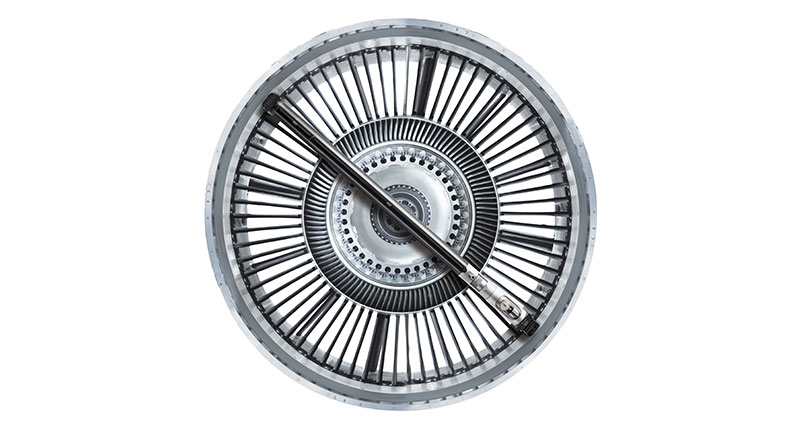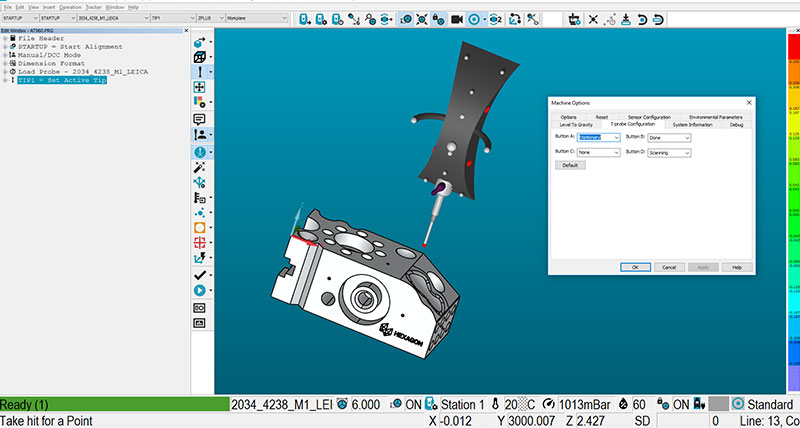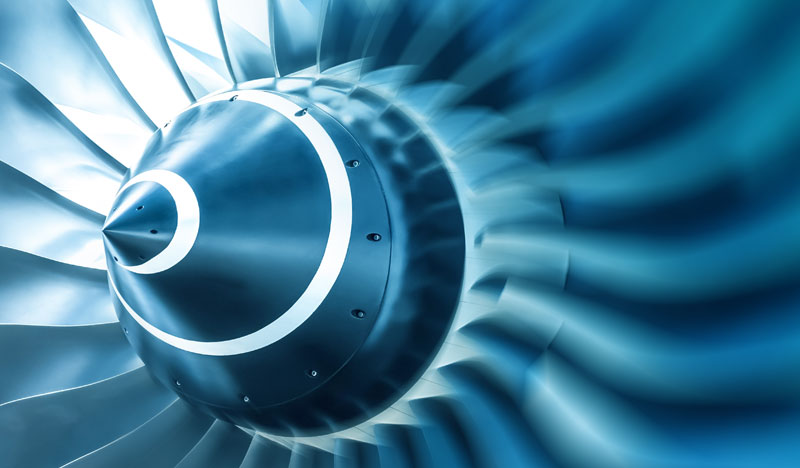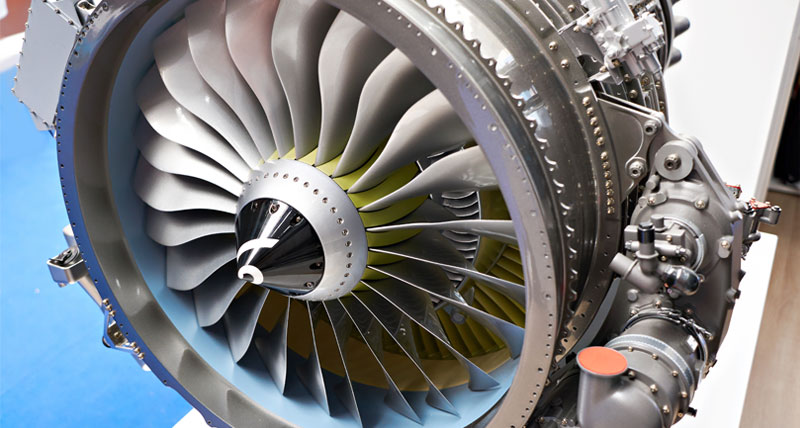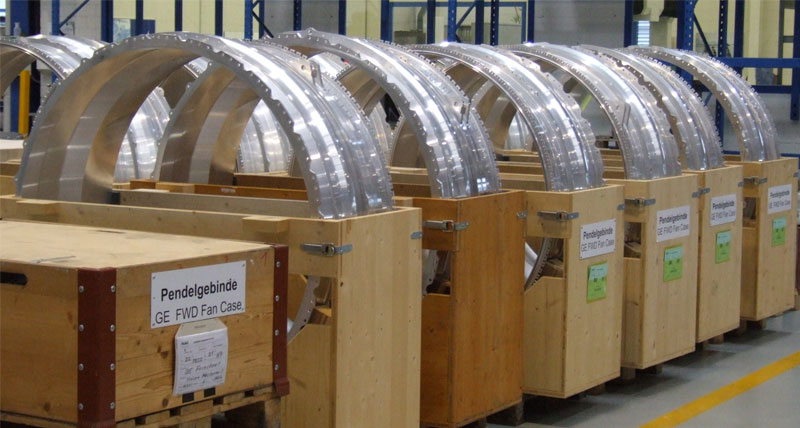Aero engine compressor and turbine casing inspection
Dimensional measurement solutions accelerating precision measurement of aero engine casings
Contact us

Compressor and turbine cases not only securely contain these crucial engine parts but also the pressurised air that produces energy to drive the jet engine and propel the plane through the sky. Well-produced casings are essential for efficient energy production and consumption while reducing engine noise emissions.
Accurate dimensional measurement is required to ensure that the turbine and compressor assembly is securely sealed. This involves assessing the integrity of the case’s flanged ends and validating the size and roundness of the casing walls to the required specifications, which also ensures clearance between the blades and the casing.
One of major inspection challenges is that aero engine casings are typically thin-walled due to weight requirements and therefore susceptible to distortion. To ensure accurate, representative results during measurement, the parts must either be clamped using fixtures that mimic assembly or the metrology software must compensate for any residual errors. The use of both tactile and non-contact sensors helps overcome the risk of distortion, while also catering for the vast number and types of features found on a typical case.
Hexagon offers a choice of manual and automatic measurement solutions ideal for aero engine casings inspection. A two-point precision measuring instrument provides a reliable manual method for inspecting simple large internal and external dimensions and is suited to the simpler geometries that make up a casing. A multisensor coordinate measuring machine (CMM) can help tackle a casing’s complex features while avoiding distortion. Integrating contact and non-contact sensors in a single system captures these features quickly and accurately, driving reduced production time.
Accurate dimensional measurement is required to ensure that the turbine and compressor assembly is securely sealed. This involves assessing the integrity of the case’s flanged ends and validating the size and roundness of the casing walls to the required specifications, which also ensures clearance between the blades and the casing.
One of major inspection challenges is that aero engine casings are typically thin-walled due to weight requirements and therefore susceptible to distortion. To ensure accurate, representative results during measurement, the parts must either be clamped using fixtures that mimic assembly or the metrology software must compensate for any residual errors. The use of both tactile and non-contact sensors helps overcome the risk of distortion, while also catering for the vast number and types of features found on a typical case.
Hexagon offers a choice of manual and automatic measurement solutions ideal for aero engine casings inspection. A two-point precision measuring instrument provides a reliable manual method for inspecting simple large internal and external dimensions and is suited to the simpler geometries that make up a casing. A multisensor coordinate measuring machine (CMM) can help tackle a casing’s complex features while avoiding distortion. Integrating contact and non-contact sensors in a single system captures these features quickly and accurately, driving reduced production time.
Our solutions
Explore Hexagon solutions for compressor and turbine casing measurementManual two-point measuring instruments
The TESA UNIMASTER enables quick manual measurement of the internal dimensions of the aero engine casing.
Automated multisensor measurement
A Leitz Reference HP CMM with the SENMATION automated sensor exchange tool offers the accuracy and multisensor technology required.
Metrology software
Ensure any distortion-related residual errors are compensated for with PC-DMIS metrology software.
Case studies
See how Hexagon solutions are used to inspect aero enginesMaintaining engine precision
See how SR Technics, a Swiss provider of MRO for aircraft aircraft components, and aero engines, uses the TESA UNIMASTER in its engine services division.
